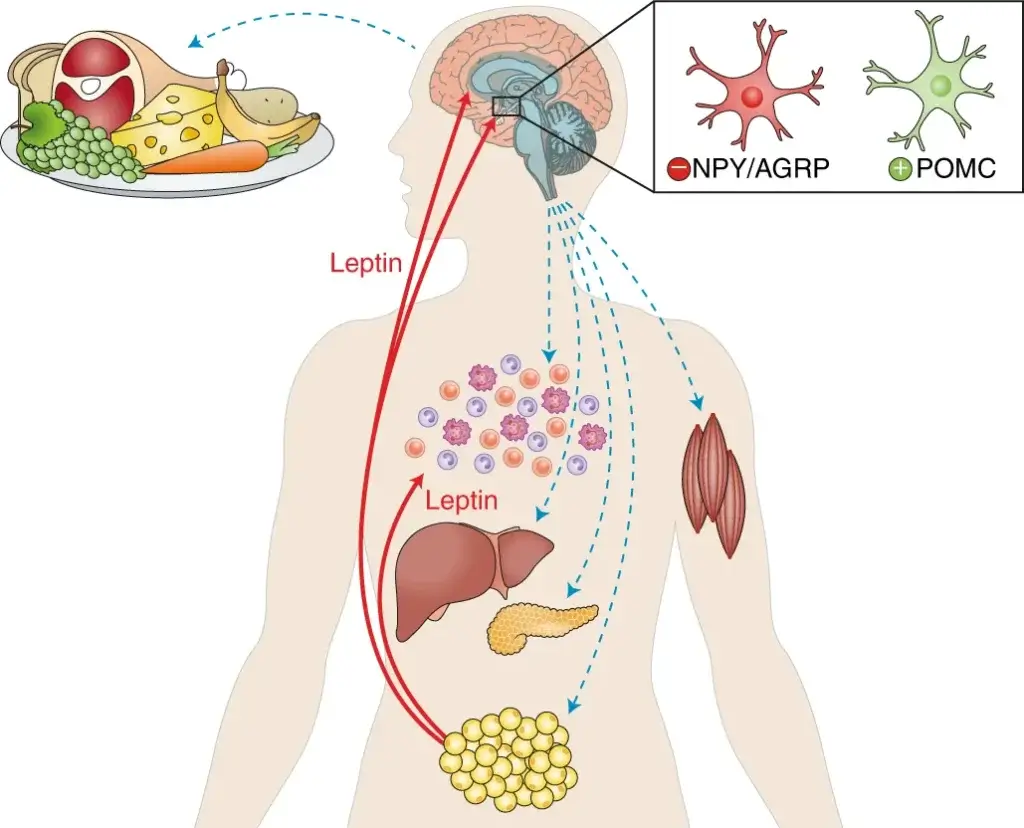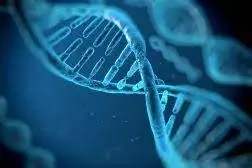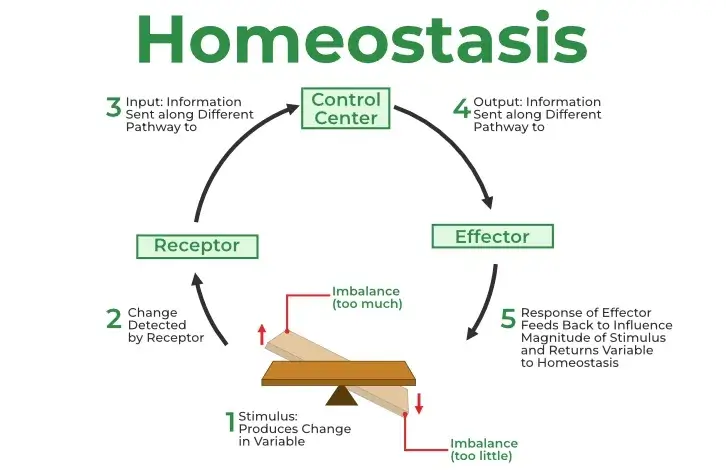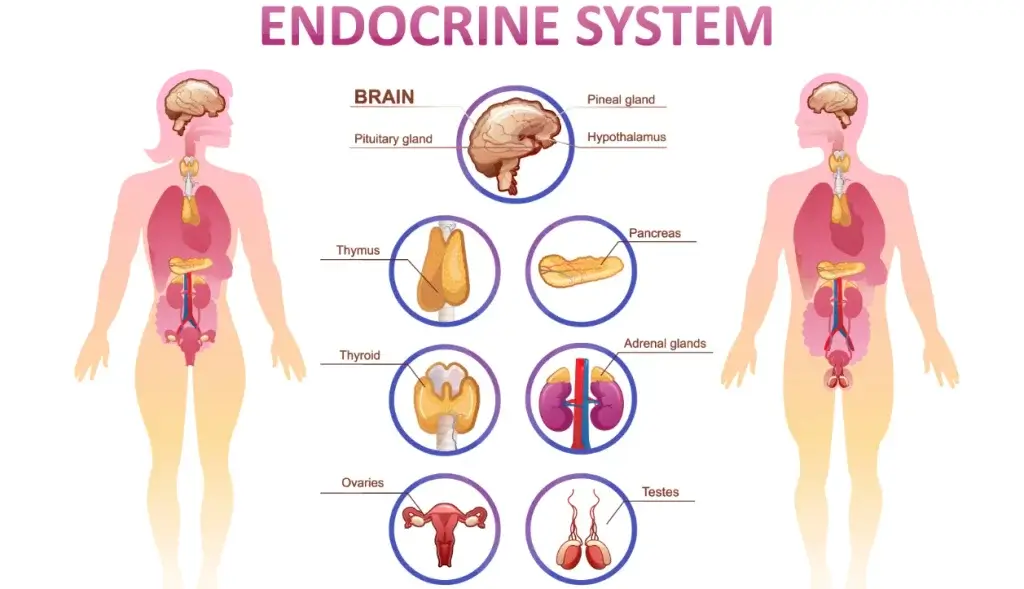The endocrine system is a network of glands that secrete hormones directly into the bloodstream to regulate various bodily functions. Understanding the anatomy of the endocrine system is crucial for comprehending how hormones affect our health and well-being.
Endocrine Glands
- Pituitary Gland
- Thyroid Gland
- Adrenal Glands
- Pancreas.
- Ovaries (in females)
- Testes (in males)
Hormones
Some of the major endocrine glands produce these hormones:
Pituitary Gland: Thyroid-stimulating hormone (TSH), growth hormone (GH), adrenocorticotropic hormone (ACTH), prolactin, follicle-stimulating hormone (FSH), luteinizing hormone (LH), oxytocin, antidiuretic hormone (ADH).
Thyroid Gland: Tri-iodothyronine (T3), thyroxine (T4), calcitonin.
Adrenal Glands: Cortisol, aldosterone, epinephrine (adrenaline), norepinephrine (noradrenaline), dehydroepiandrosterone (DHEA).
Pancreas: Glucagon, insulin.
Ovaries (in females): Progesterone, estrogen.
Testes (in males): Testosterone.
Functions of the Endocrine System
Hormones produced by this system have very important roles in maintaining homeostasis in the body.
Control of metabolism:

This is a process through which all the physical and chemical changes takes place in a living being’s body to maintain life. For instance, this metabolism process is responsible for controlling nutrient flow through hormone regulation and energy balance within an individual organism via endocrine system.
Insulin & Glucagon: Insulin, along with glucagon, helps to maintain metabolism and provide continuous energy to other cells of our body which are necessary for their normal functioning. They also work together to prevent blood sugar swings that may lead to hyperglycemia or hypoglycemia.
Thyroid Hormones: The thyroid glands secrete a number of types of thyroid hormones thyroxine (T4) and triiodothyronine (T3), that aid in metabolic regulation through heat rearrangement as well as the return of cellular breathing inside an organism’s body rate back to normal while supplying electrical power. Cortisol is engaged in metabolic control by inciting lipolysis and proteolysis leading to energy production, avoiding fasting or stress-induced decrease of blood sugar level.
Control of Growth and Development:

From infancy until adulthood, the endocrine system influences growth and development including physical height, tissue growth and maturation.
Growth Hormone (GH): The pituitary gland secretes this hormone which promotes bone growth, muscle growth, and other kinds of tissues by making cells divide rapidly while synthesizing protein continuously. It has a substantial impact on childhood period where it particularly shapes an individual’s height and overall body size.
Thyroid Hormones: During fetal development into childhood thyroid hormones are essential for normal growth. They regulate skeletal growth brain development, maturation of different organs and tissues.
Sex Hormones: Pubertal development and sexual maturation depend on estrogen produced by ovaries; testosterone is produced by testes. They cause secondary sexual characteristics such as; breast development, voice deepening, facial hair among others as well they control rep
Regulating Sexual Performance
The process of sexual function is highly influenced by the endocrine system that deals with hormone production and acting in reproductive processes.
In females, ovulation and testosterone synthesis are stimulated by LH within males. FSH induces the growth of ovarian follicles while in males it stimulates testosterone synthesis.
Sexual development, fertility as well as libido rely on sex hormones both in males and female. In men, it is testosterone while women use estrogen plus progesterone for this purpose. They govern sexual characteristics like menstrual flow, oocyte release, spermatozoa formation, and changes in sexual behaviour.
Maintenance of Homeostasis:

Generally, homeostasis is broadly defined as internal body structures of animals that stay constant even when the outside environment changes. The hormones released by the endocrine system sustain homeostasis.
Hypothalamus-Pituitary Axis: The hypothalamus and pituitary glands regulate hormone production across the entire body along a major pathway.The hypothalamus releases or inhibits a hormone, which communicates with it to release one of two types such as an inhibitory or releasing hormone signaling, and endocrine glands are affected indirectly through stimulation of pituitary hormones.
Renin-Angiotensin-Aldosterone System (RAAS): It controls blood pressure levels and fluid balance by regulating renin synthesis together with angiotensin II as well as aldosterone. Renin secreted by kidney stimulates Angiotensin II production and further causes aldosterone secretion from the adrenal glands. High blood pressure comes about because water plus sodium re-enters tubules in the renal after it has been excreted resulting in a rise in blood volume since sodium is then actively pumped out by the aldosterone back to the tubular capillary so water follows leaving urine concentrated.
Insulin and glucagon function to control metabolism and other cell’s continuous energy supply in order to sustain normal cellular activity and homeostasis. Moreover, these hormones work to keep blood glucose levels within a narrow range that avoids high and low glucose levels called hyperglycemia and hypoglycemia respectively.
Endocrine System Disorders
- Diabetes Mellitus
- Hyperthyroidism
- Hypothyroidism
- Addison’s Disease
- Cushing’s Syndrome
- Polycystic Ovary Syndrome (PCOS)
- Gigantism and Acromegaly
- Congenital Adrenal Hyperplasia (CAH)
Conclusion
In brief, the endocrine system controls many biological activities in the body like growth, development, metabolism, sexual function and homeostasis. Nonetheless, there are some illnesses of these endocrine glands that arise from imbalances between hormone production leading to diseases. Therefore, prompt diagnosis must be followed by proper management strategies to guarantee that patients recover from such conditions as soon as possible.
FAQs About Endocrine System
What is meant by “endocrine system”?
A chain of glands called the endocrine system releases hormones into blood stream for regulating metabolic rate and growth and development which in turn help regulate production and stress response.
What hormones are? How do they work?
Being synthesized by endocrine organs, hormones have a chemical nature; thus they are called messengers. They link with specific target cell receptors to enable homeostasis.
Which glands are important components in the endocrine system?
These include pituitary gland, thyroid gland, parathyroid glands, adrenal glands, pancreas and gonads (testes male; ovary female). Their secretions help to control various activities of the body.
How does it interact with other parts of the body?
This implies that there must be a correlation between nervous and immune systems as well as endocrine among others for good state of health. For example such hormones affect immunity via neurons during stress injury response
Give some examples of typical endocrinopathy?
Typical examples of endocrinopathies are— diabetes mellitus; myxedema; thyrotoxicosis; hypopituitarism (disease) androgenic hormone insufficiency(AI); Cushing’s syndrome; polycystic ovary disease. Hormonal imbalances that ensue from the glands not functioning properly or other conditions are usually the cause of these conditions hence calling for treatment.

Russell F. Jones, holding a Master in psychology from the University of Florida. He writes for Smart Parent Solutions, offering practical advice on parenting and child development. His engaging content helps parents navigate family life with confidence and ease. Russell enjoys sharing his knowledge and spending quality time with his family.
